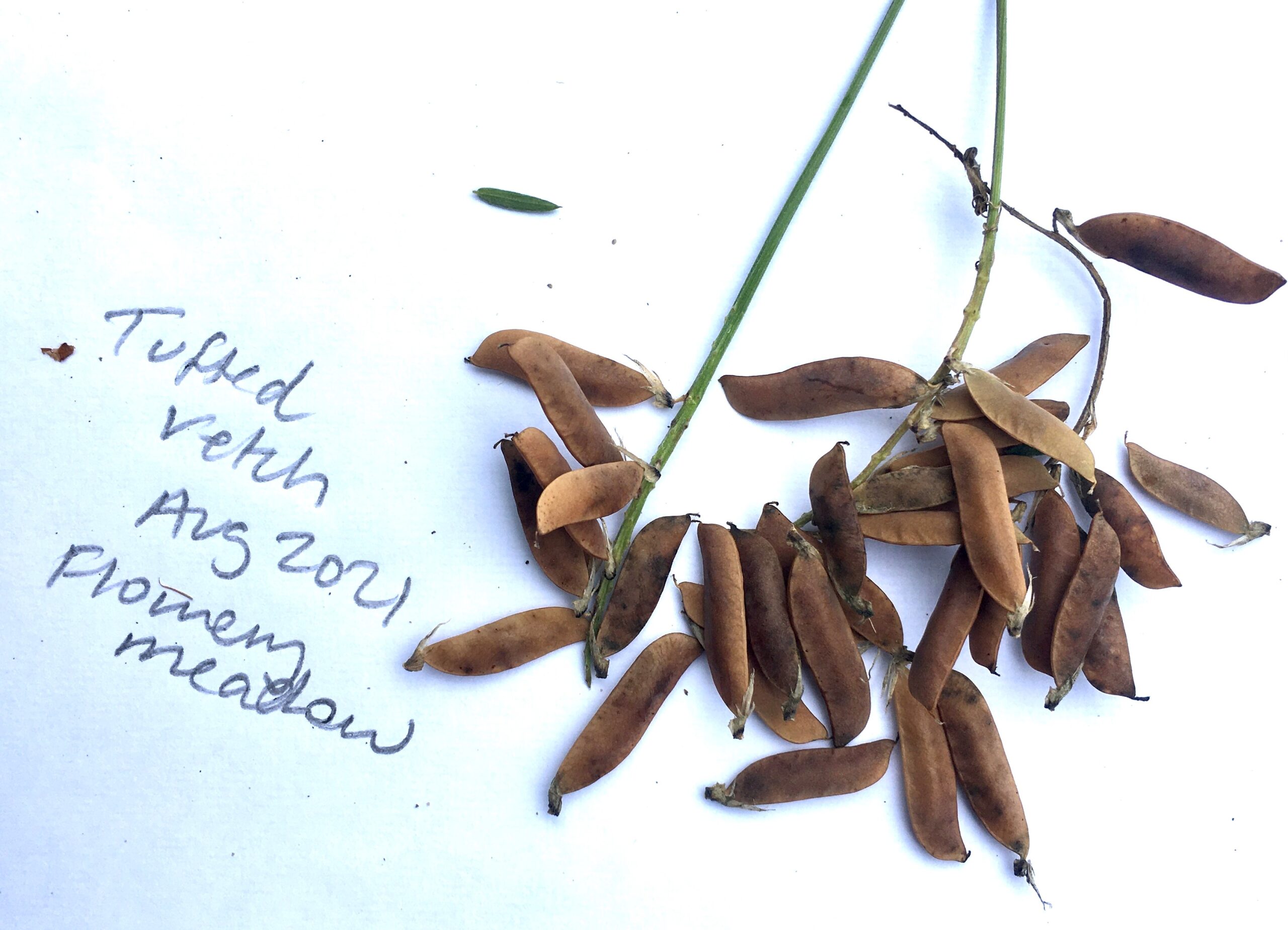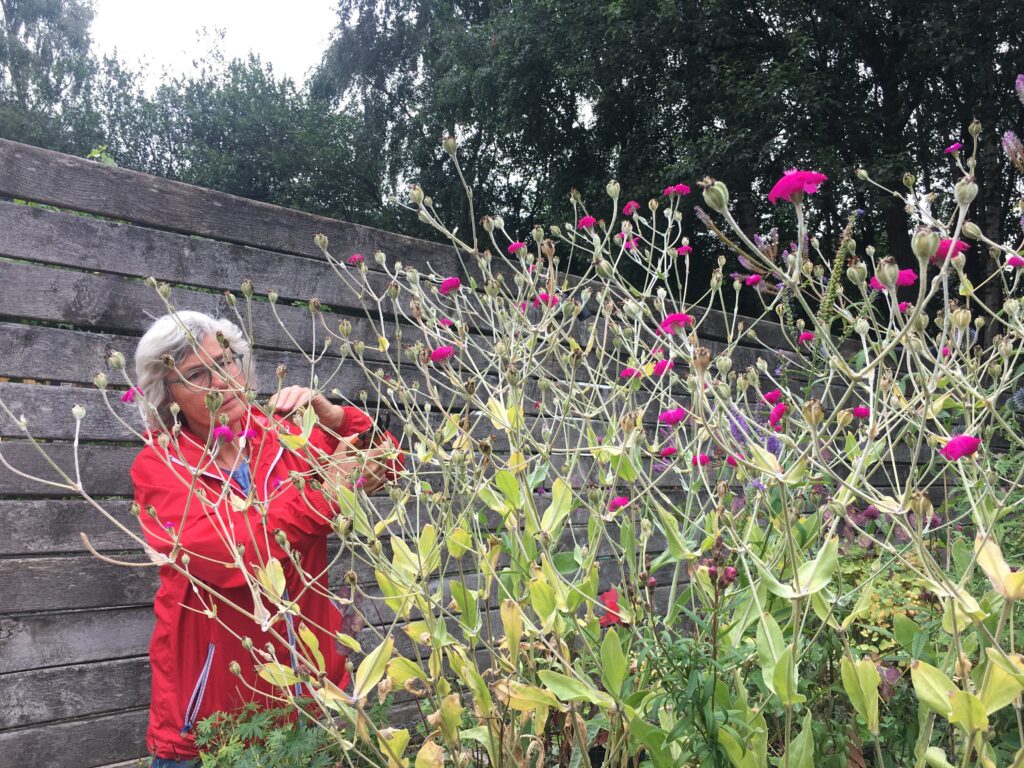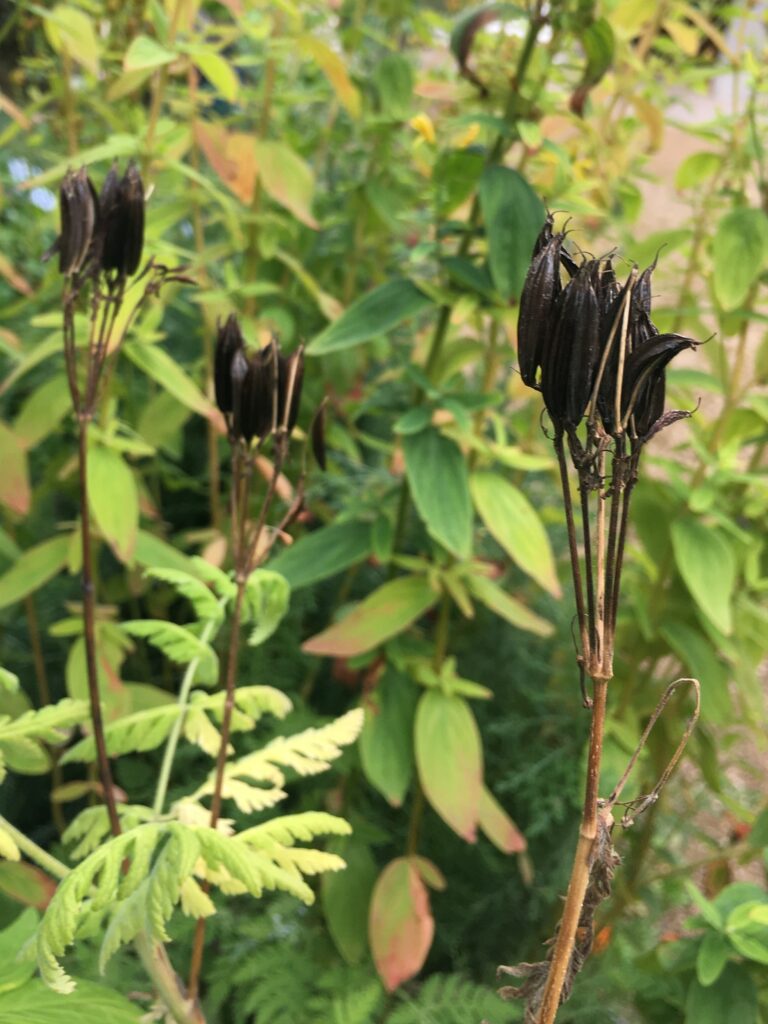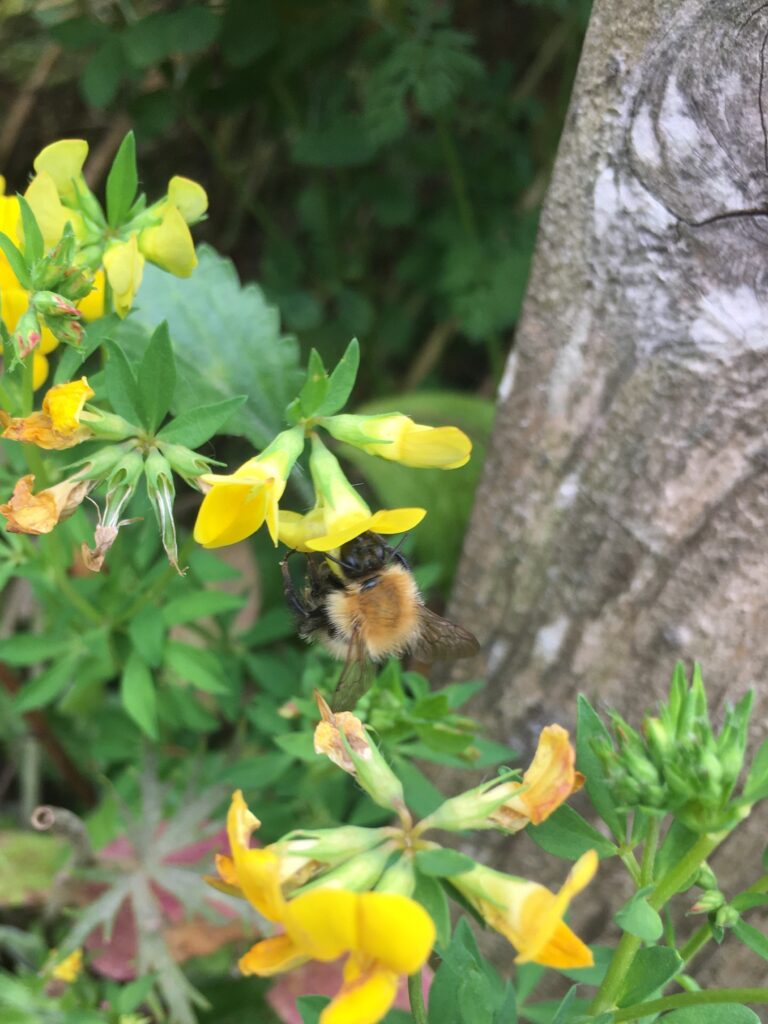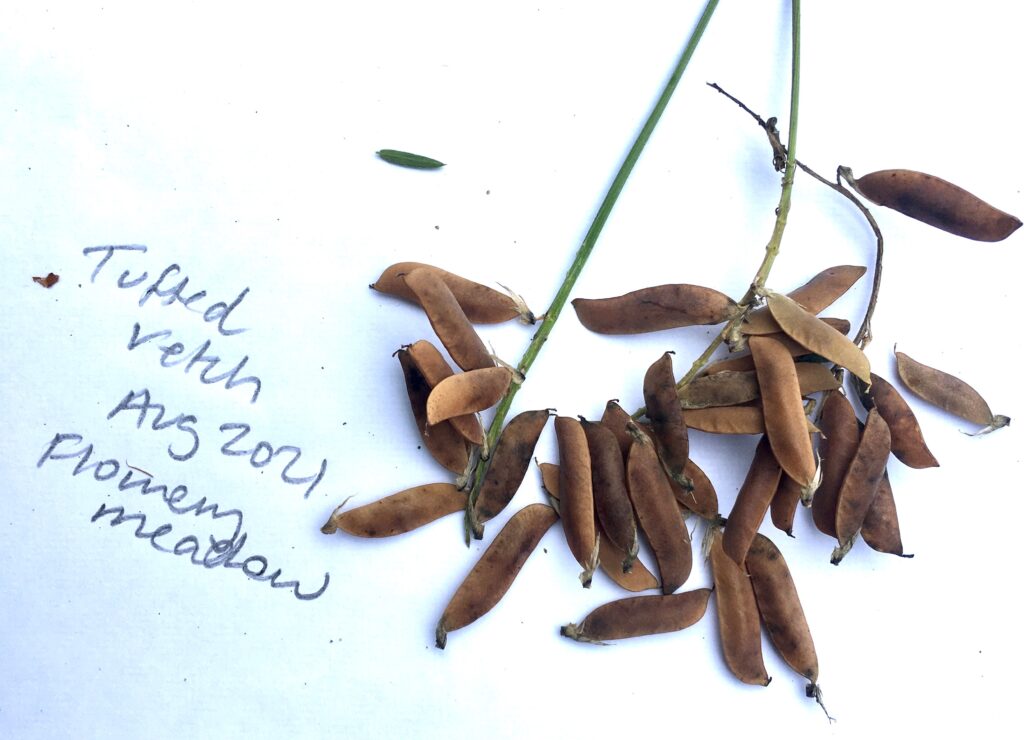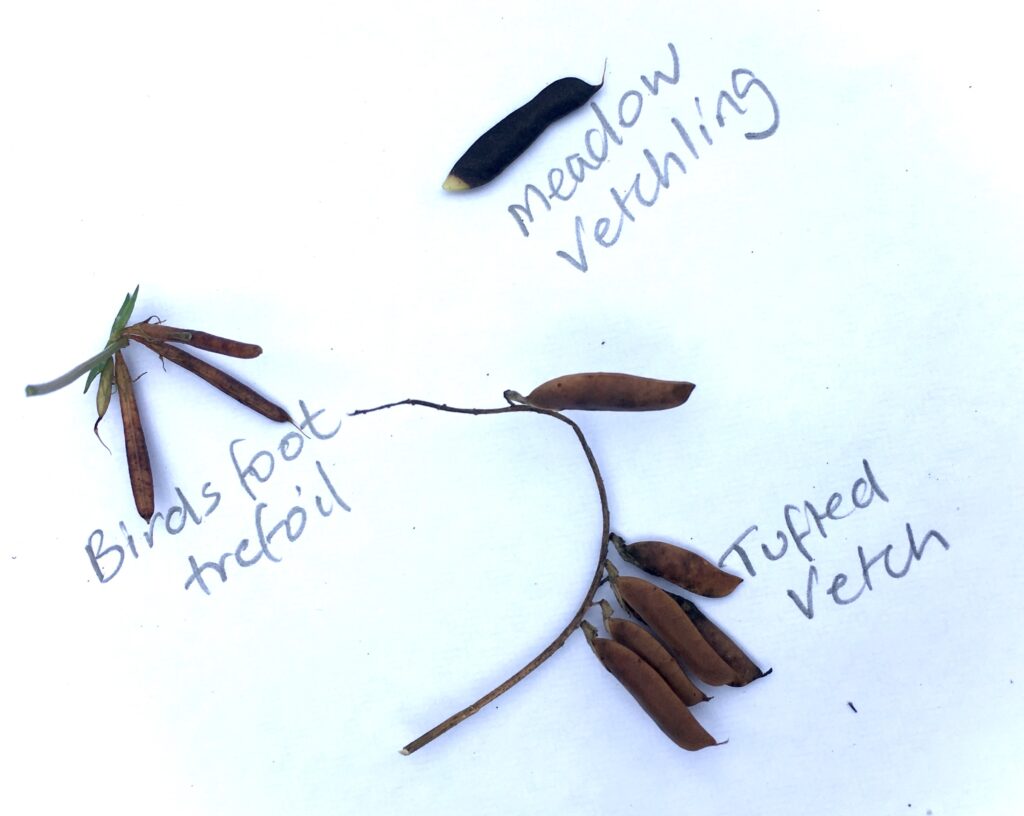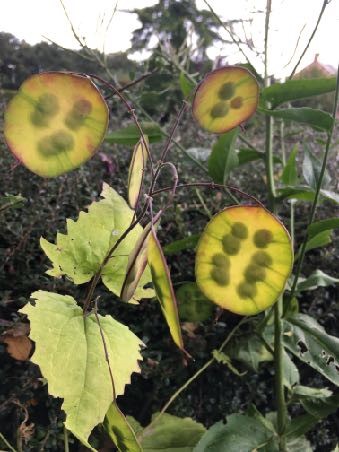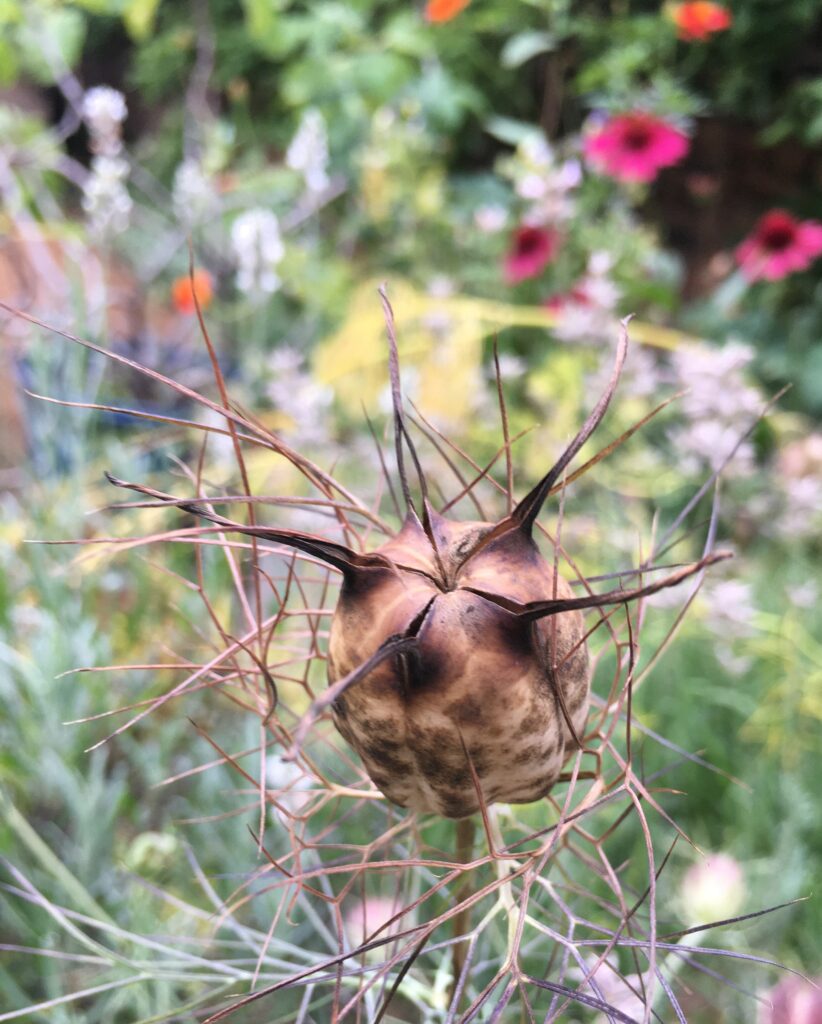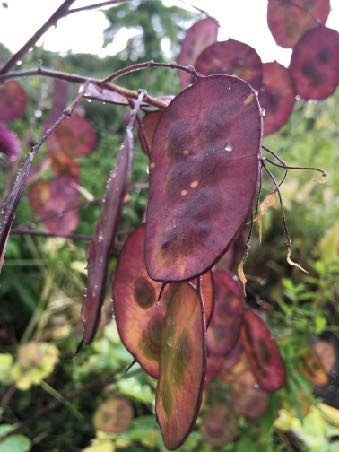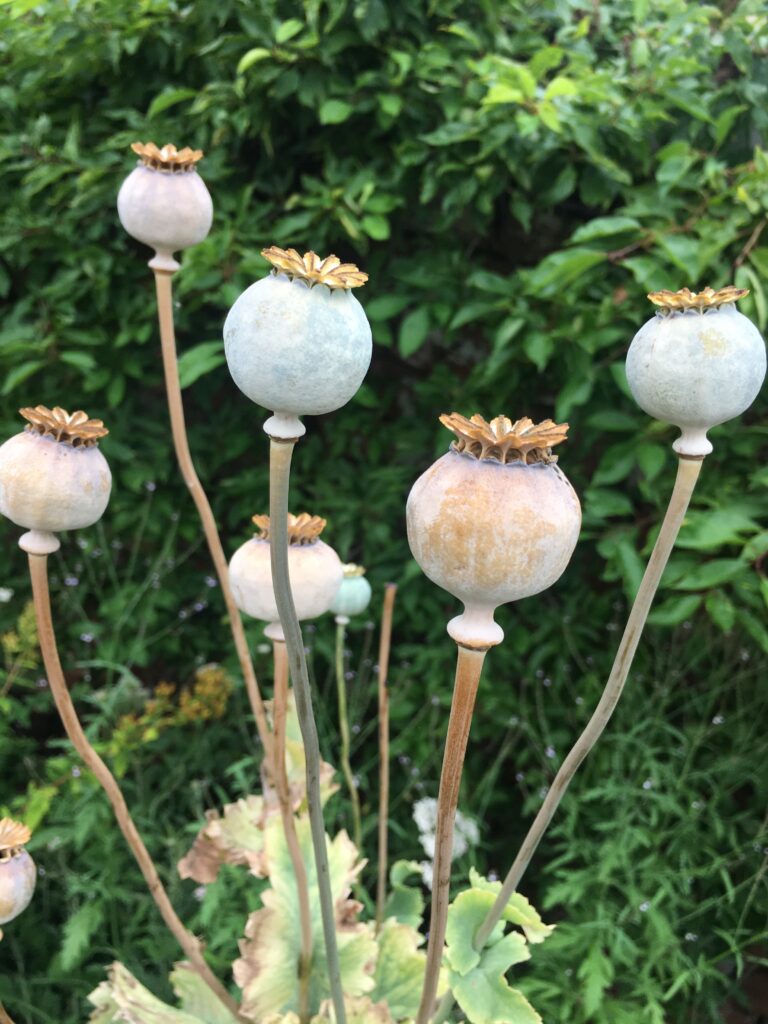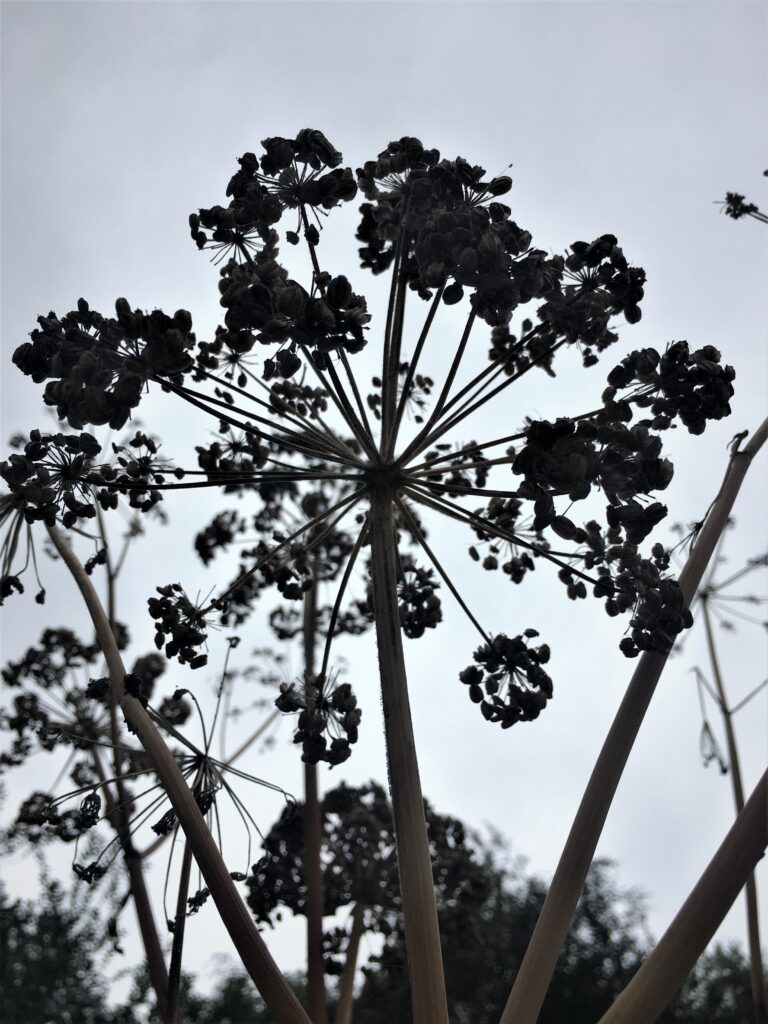Summer holidays are over and schools are back. The weather has turned cooler and unpredictable, there is the odd hint of autumn here and there. Rather than mourn the passing of the summer season it can help to spend time planning and preparing; taking stock of the triumphs (and disasters) in the garden and embracing the changing seasons.
Throughout the summer months, we spend time continually deadheading summer annuals. This is important to ensure continued flowering for as long as possible. The main aim of an annual plant (one which grows from seed to flower and seed in one year) is to set seed. Once this has happened, as far as the parent plant is concerned, its job is done! If we keep deadheading, the seeds never get a chance to develop and the plant keeps producing new flowers until it is eventually killed by the winter frosts.
However, there comes a point towards the end of the summer when we are not going to get many more flowers, and it is time to think about seed collection. If you let seedheads develop on the plants and collect them when ripe (usually they will have turned a brownish or black colour) you will have a plentiful supply of your own seeds to sow.

Sweet Cicely Pods 
Birds Foot trefoil
It is important to collect ripe seeds on a dry day. Cut off the seedheads and pop straight into a paper bag or a tray and let them sit in a greenhouse or windowsill. The seeds should naturally fall out of the pods, but you may need to gently crush them open to release the seeds. Store in a paper bag or envelope, not plastic, in a cool dry place and remember to note the variety along with date of collection and where you collected from. It can be interesting to look back and see if the same variety of seed grows better from seed collected from one location rather than another.
The advantages of harvesting your own seeds are many. You are building up a collection of plants that grow well in your garden, under those particular conditions, and by growing your own plants, you will be able to choose only peat free composts, reuse your plastic plant pots, use recycled containers or make paper pots. There are no transportation issues and you will save some money. You can share and swap with friends and neighbours, and enjoy the whole process of growing your own plants.

Honesty Lunaria annua 
Love-in-a-mist Nigella damascena 
Honesty Lunaria annua
Of course it is not just ornamental plant seeds that can be collected, you can collect seeds from your allotment or back court veggies. Some plants are easier than others; peas and beans are easy, chilies are fun to do, but Cucurbit family (courgettes, squash, pumpkins, cucumbers) are promiscuous and collected seed will rarely give you what you expect unless you ensure the flowers are isolated from others. Real Seeds have a great website with loads of information about seed collection, and many great seeds to buy if you are just getting started on this journey.
Remember to leave some seedheads to develop on the plants and stand throughout the autumn and winter. They will look architecturally stunning in your garden, catching the dew, or frost or snow, and they will feed birds and provide shelter for hibernating insects such as ladybirds.

Poppy Papaver somniferum 
Angelica A. archangelica

